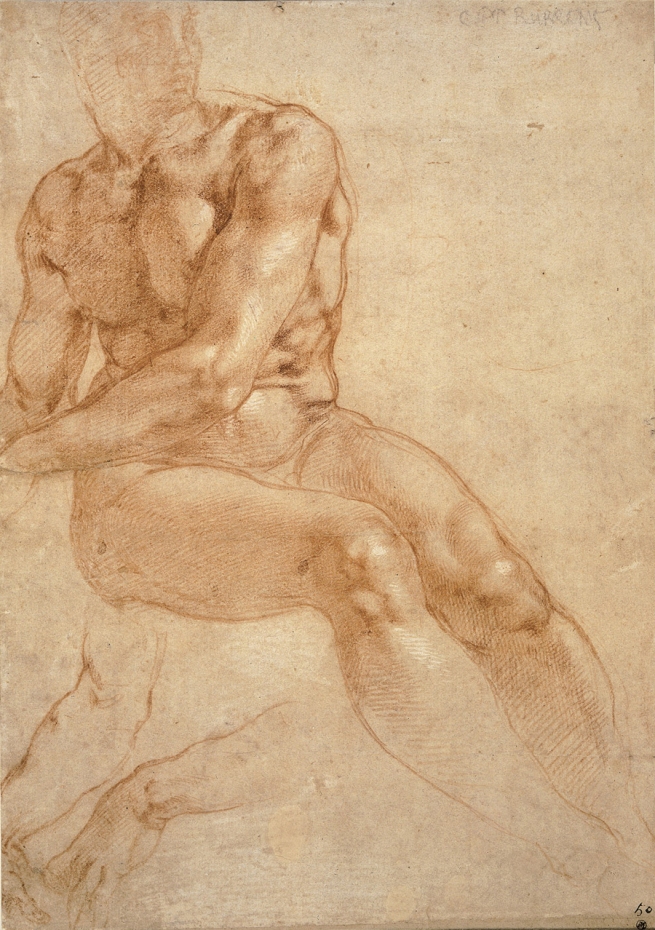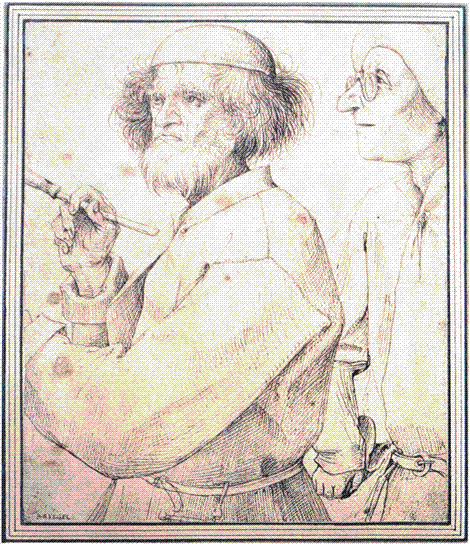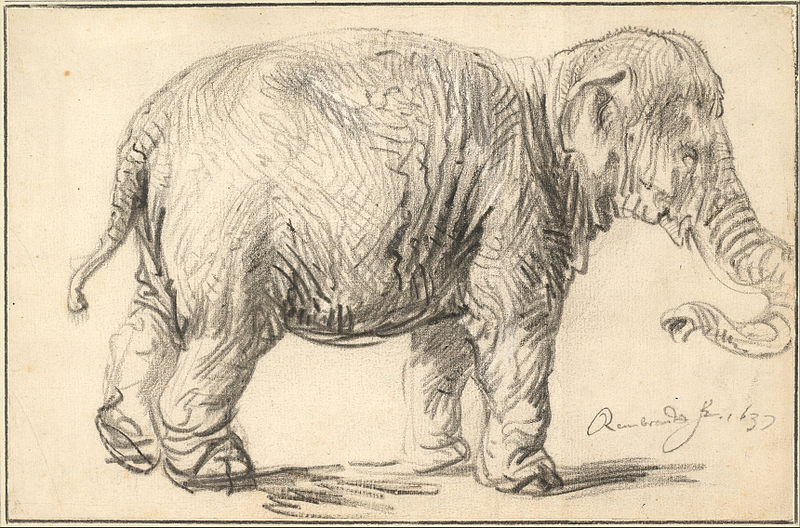Albertina, Vienna, 14 March — 29 June 2014
The exhibit Dürer, Michelangelo, Rubens: The 100 Masterworks of the Albertina for the first time shows around 100 top-class masterpieces from the collection of the Albertina in the context of the chequered and exciting life story of its founders, Prince Albert of Saxony, Duke of Teschen and Archduchess Marie Christine. The large-scale presentation unites the highlights of the collection, from Michelangelo through Rembrandt and Rubens to Caspar David Friedrich. The centrepiece of the Albertina, Dürer’s famous Young Hare, is now once again accessible to an interested public in the context of this exhibit after a decade-long period of grace.
The time span documented by the large-scale exhibit extends from 1738 to 1822: from the age of the courtly Baroque under Maria Theresia and the Enlightenment under Joseph II, through the premodern period and the years of the revolutions in America and Europe to the Biedermeier period of the Vormärz (the years leading up to the revolutions of 1848 in Germany) following the Vienna Congress. The stations in life of the founders of the collection, Prince Albert of Saxony, Duke of Teschen and Archduchess Marie Christine, including Dresden, Rome, Paris, Brussels and Vienna, present the leading centres of art and politics, and in the process provide insight into the multi-layered networks of collectors and art dealers, the feudal life of the European aristocracy, as well as the political and intellectual reorientation under the auspices of the Enlightenment.
Loans from throughout the world supplement the holdings of the Albertina in this presentation and convey a poignant picture of the circumstances and the passion for collecting of the namesake of the Albertina. A splendid service, as well as paintings and busts of the Duke and his wife, but also other important documents of the time, such as the hat of Napoleon, worn by him at the Battle of Eylau, originate from, among other sources, the Metropolitan Museum of Art, the Louvre, the Staatliche Kunstsammlungen Dresden, the Vatican and various private collections.
Albrecht Dürer
Hare, 1502
Watercolour, bodycolours, heightened with opaque white
© Albertina, Vienna
Friedrich Heinrich Füger
Albert and Maria Christina Presenting Pictures of Their
Relatives in Italy to Their Family, 1776
Distemper on parchment
Belvedere, Vienna
Alexandre Roslin
Archduchess Maria Christina, 1778
Oil on canvas
Albertina, Vienna (Dauerleihgabe der Oesterreichischen
Nationalbank)
Anonymous
Duke Albert of Saxe-Teschen with the Map of the Battle of
Maxen, 1777
Oil on canvas
Albertina, Vienna (Dauerleihgabe des Kunsthistorischen
Museums Wien, Gemäldegalerie)
Michelangelo Buonarroti
Male Nude Seen From the Back With a Flag Staff, ca. 1504
Black chalk, heightened in white
© Albertina, Vienna
Michelangelo Buonarroti
Study of a Seated Young Man and Two Studies of the Right
Arm, (Recto), around 1511
Red chalk, heightened with white
© Albertina, Vienna
Pieter Bruegel the Elder
Big fish eat little fish, 1556
Pen and brush in grey and black, transfer lines
Albertina, Vienna
Nicholas Rubens with Coral Necklace, ca. 1619
Black and red chalks, heightened in white
© Albertina, Vienna
The Painter and the Patron, around 1565
Pen with brown ink
Albertina, Vienna
Albrecht Dürer
Praying Hands, 1508
Brush, gray and white ink, gray wash, on blue prepared paper
Albertina, Vienna
Rembrandt Harmensz. van Rijn
An Elephant, 1637
Black chalk
Albertina, Vienna
Leonardo da Vinci
Half-Length Figure of an Apostle, 1493-1495
Silverpoint, pen and brown ink on blue prepared paper
Albertina, Vienna
Peter Paul Rubens
Ruben’s daughter Clara Serena, 1623
Black and red chalk, heightened with white chalk
Jakob von Alt
Duke Albert’s Palace on the Augustine Bastion, 1816
Pen, watercolor
© Albertina, Vienna












_by_Peter_Paul_Rubens.jpg/617px-Rubens'_daughter_Clara_Serena_(or_Infanta_Isabella's_lady-in-waiting)_by_Peter_Paul_Rubens.jpg)
